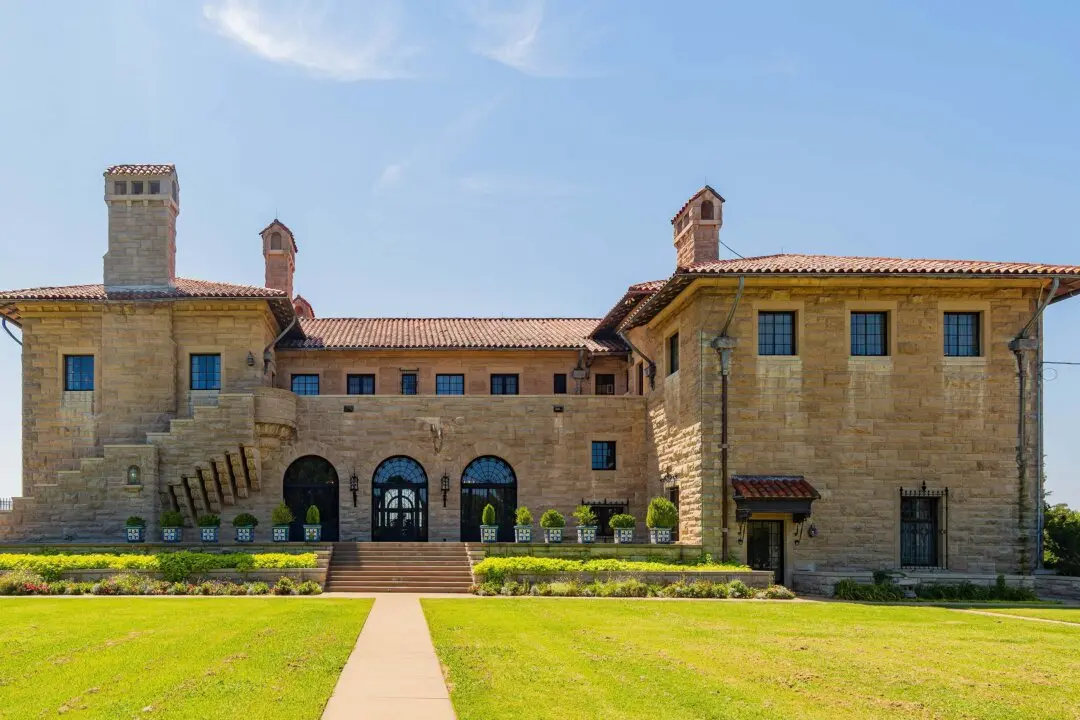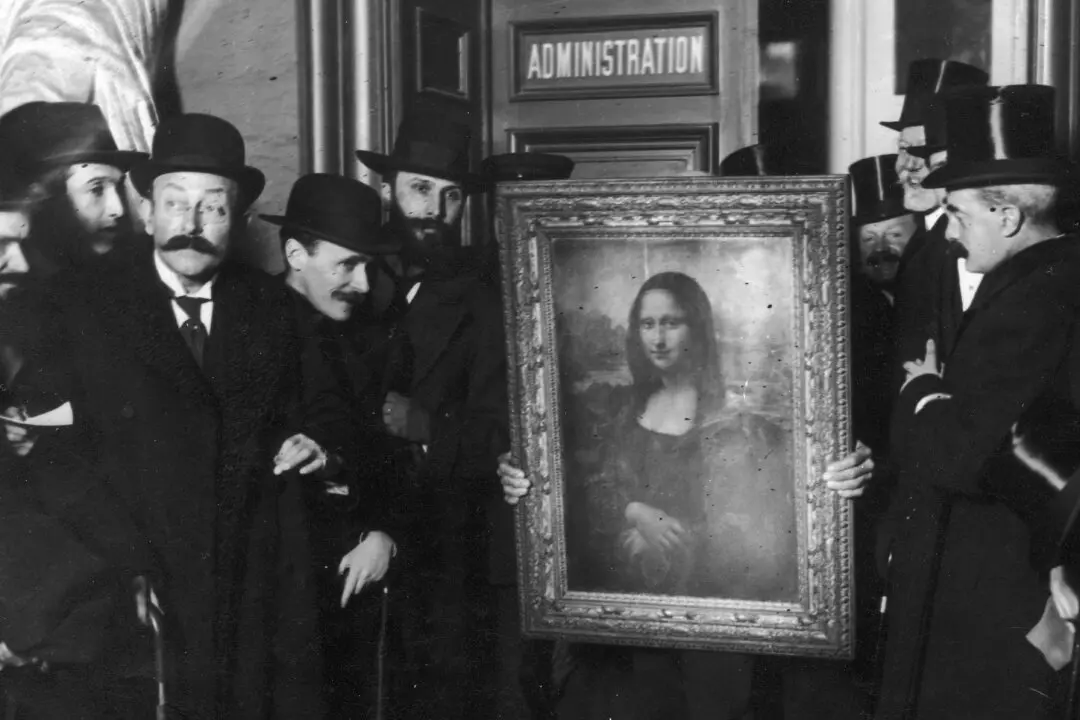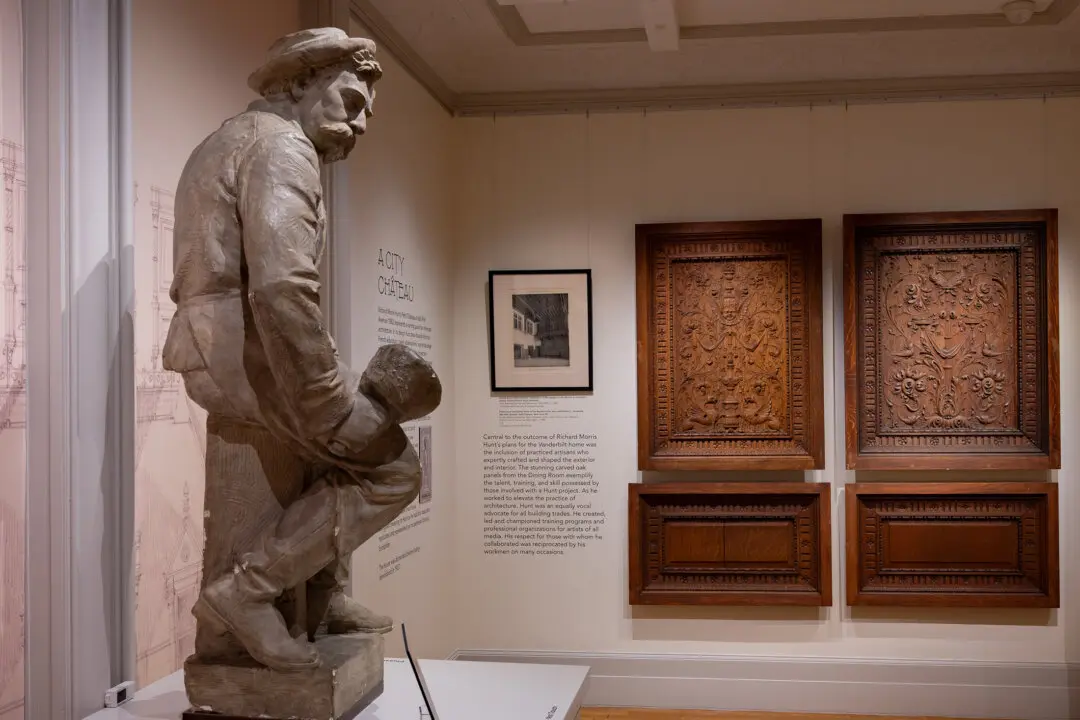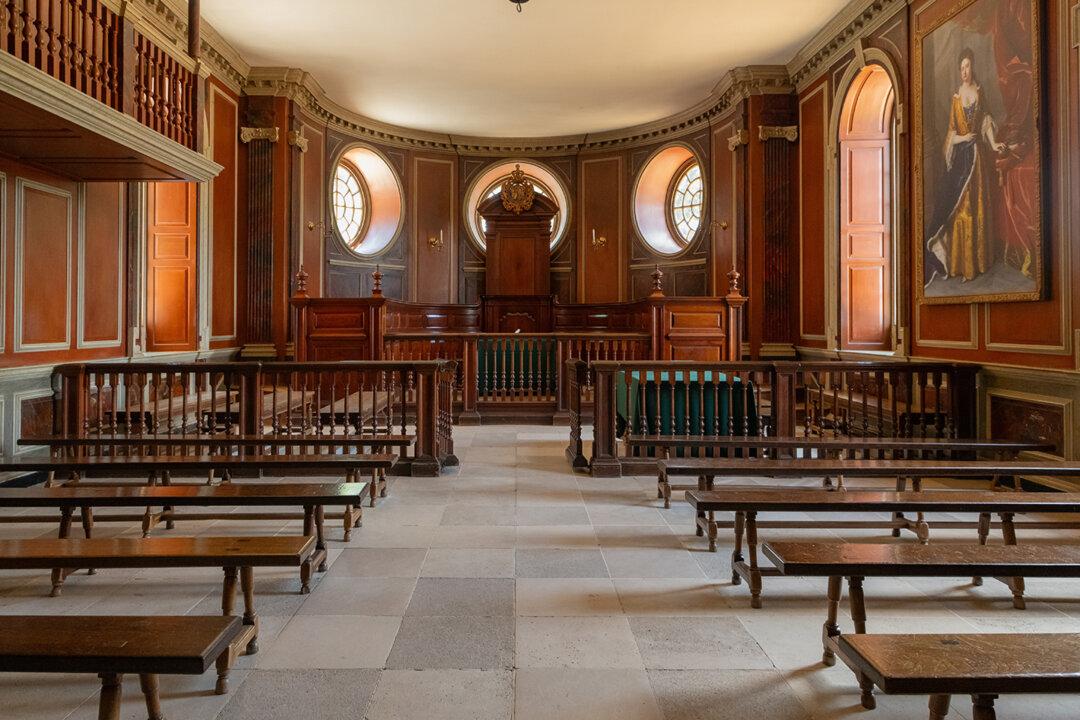Deep emotions welled up in Xaver Wilhelmy as he watched the Twin Towers fall. Wrenched by the great depth of love he felt for his adopted country, he came up with a unique way to honor the lives lost on Sept. 11. As a skilled pipe organ builder from Austria, he designed the first pipe organ—entirely from glass—to give a voice to the thousands of victims that were silenced. The Wilhelmy American Flag Glass Pipe Organ became the first functional set of playable glass pipes.
For centuries, music has been known as the powerful medium to help process painful emotions, trauma, and grief. Mr. Wilhelmy asked, “What if each pipe was designed to give voice and remembrance to one individual who was lost in the attacks?” Each note could represent a life. Like the human spirit, the interplay of light and color on glass is complex and ever-changing. It is a concept that evokes silent contemplation.





